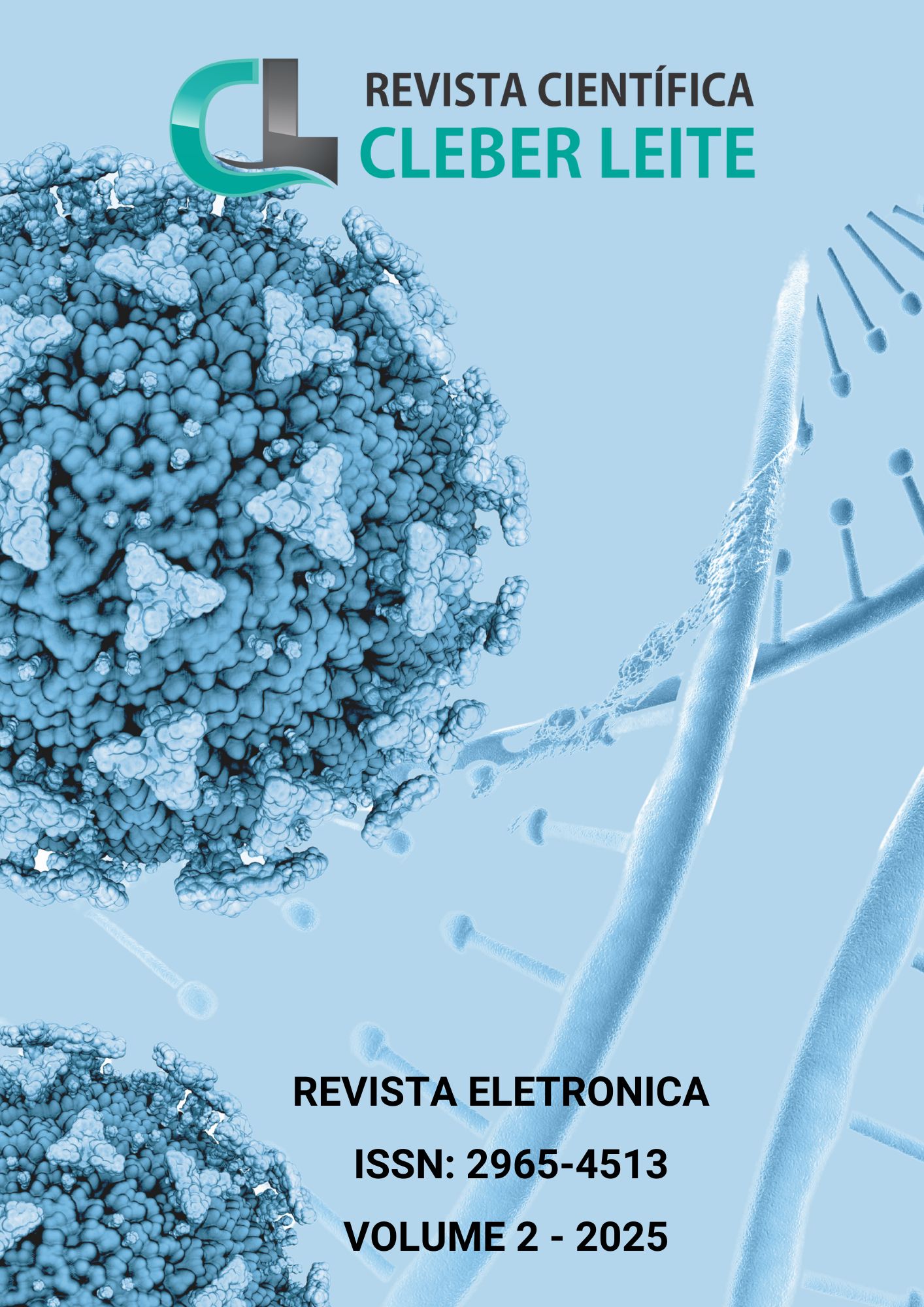Inteligência artificial na radiologia: aplicações e impactos na ressonância magnética e tomografia computadorizada
DOI:
https://doi.org/10.48051/2965.4513reccl.v2i1.29Keywords:
Artificial Intelligence, Computed Tomography, Magnetic Resonance, Medical Imaging Diagnosis.Abstract
Introduction: Technological advancements are always closely linked to radiology, and the trajectory of Artificial Intelligence (AI) in radiology reflects significant progress in computing, machine learning, and the development of medical imaging algorithms. As a cornerstone of medicine, radiology has benefited from AI, particularly in image interpretation and diagnostics, allowing for optimized disease detection, greater accuracy in anatomical segmentation, and reduced analysis time. However, the application of AI faces challenges, including regulatory issues and the need for adequate technological infrastructure, especially in developing countries like Brazil. Methods: This is a narrative literature review aimed at identifying the key advancements and challenges in the application of AI in radiology. Results: AI has proven effective in enhancing diagnostic accuracy and operational efficiency in radiology. Notable advancements include algorithms capable of automatically segmenting complex anatomical structures and detecting lesions, such as tumors and pulmonary anomalies, in their early stages. The automation of repetitive tasks for radiologists, enabled by AI, has contributed to optimizing workflow, reducing analysis time, and increasing throughput. However, the full implementation of AI still faces challenges, such as insufficient regulation and the lack of advanced infrastructure, limiting its widespread use, particularly in Brazil. Conclusion: AI has the potential to transform radiological practice by enabling faster and more accurate diagnoses and optimizing clinical process efficiency. To realize its full potential, investments in infrastructure, regulatory policies, and professional training are necessary. Future prospects suggest that AI will be able to personalize diagnoses and expand its use in both public and private hospitals, significantly improving patient care and access to high-quality diagnostics.
References
PREVEDELLO, L. M., et al. O impacto da inteligência artificial na prática radiológica. Radiologia Brasileira, v. 50, n. 5, p. 337-341, 2017.
PAIVA, O. A.; RICARTE, I. L. M. Inteligência artificial e aprendizado de máquina na medicina: Princípios e aplicações. Revista Brasileira de Informática em Saúde, v. 14, n. 1, p. 44-58, 2018.
SILVA, M. P.; BUGATTI, P. H. Sistemas de análise de imagem médica para diagnóstico assistido por computador. Revista Brasileira de Física Médica, v. 11, n. 3, p. 275-283, 2017.
SANTOS, C. M.; MORAES, F. Y. Inteligência artificial na medicina: perspectivas e desafios. Revista da Sociedade Brasileira de Medicina, v. 19, n. 4, p. 12-18, 2019.
KOENIGKAM-SANTOS, M., et al. Inteligência artificial na medicina de precisão: avanços e aplicações. Radiologia Brasileira, v. 50, n. 6, p. 421-426, 2017.
PREVEDELLO, L. M., et al. Desafios éticos e práticos no uso da IA em diagnósticos médicos. Radiologia Brasileira, v. 50, n. 5, p. 337-341, 2017.
PAIVA, O. A.; PREVEDELLO, L. M. Impacto do deep learning na radiologia: avanços e desafios. Revista Brasileira de Informática em Saúde, v. 13, n. 2, p. 45-50, 2017.
Additional Files
Published
How to Cite
Issue
Section
License
Copyright (c) 2025 Jane Alves de Barros, Rafael Eidi Goto, Felipe Favaro Capeleti, Fabio Redivo Lodi, Leandro Nobeschi

This work is licensed under a Creative Commons Attribution-NonCommercial-NoDerivatives 4.0 International License.
Declaração de Direito Autoral - Proposta de Política para Periódicos de Acesso Livre
Autores que publicam na Revista Científica Cleber Leite (RECCL) concordam com os seguintes termos: 1 - Autores mantém os direitos autorais e concedem à revista o direito de primeira publicação, com o trabalho simultaneamente licenciado sob a Creative Commons Attribution License que permitindo o compartilhamento do trabalho com reconhecimento da autoria do trabalho e publicação inicial nesta revista. 2 - Autores têm autorização para assumir contratos adicionais separadamente, para distribuição não-exclusiva da versão do trabalho publicada nesta revista (ex.: publicar em repositório institucional ou como capítulo de livro), com reconhecimento de autoria e publicação inicial nesta revista. 3 - Autores têm permissão e são estimulados a publicar e distribuir seu trabalho online (ex.: em repositórios institucionais ou na sua página pessoal) a qualquer ponto antes ou durante o processo editorial, já que isso pode gerar alterações produtivas, bem como aumentar o impacto e a citação do trabalho publicado.
Este é um artigo de acesso aberto sob a licença CC- BY



